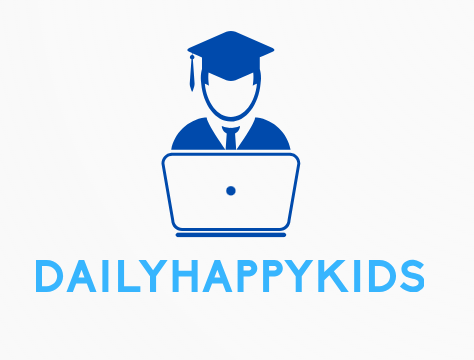|
Getting your Trinity Audio player ready...
|
Learning disabilities can pose significant challenges for children, making it difficult for them to learn, process information, and communicate effectively. As a result, these children may struggle in school, social situations, and other areas of their lives. However, with the right support, kids with learning disabilities can thrive and reach their full potential. In this article, we will explore what learning disabilities are, how they can impact kids, and what parents, teachers, and other caregivers can do to support them.

What do learning disabilities entail?
Neurological disorders called learning disabilities affect how kids process and communicate information. These conditions can hinder reading, writing, speaking, listening, and problem-solving abilities. Learning disabilities are not tied to intelligence; kids with them often have average or above-average intelligence but face challenges with specific tasks. Common types include dyslexia, dysgraphia, dyscalculia, and auditory processing disorder.
How Learning Disabilities Impact Kids
Learning disabilities can impact minors in many ways, including:
- Difficulty with reading, writing, or math
- Poor memory and recall
- Inability to follow directions
- Trouble organizing information
- Poor social skills
- Difficulty with fine motor skills
- Low self-esteem and feelings of frustration
Supporting Children with Learning Disabilities
Fortunately, there are many ways that parents, teachers, and other caregivers can support children with learning disabilities. Here are some strategies that can be helpful:
Early Intervention
Early intervention plays a crucial role in addressing learning disabilities. If a child faces challenges in school or exhibits signs of a learning disability, seeking help promptly is essential. The sooner the child receives support, the greater their chances of success.
Individualized Education Plans (IEPs)
An IEP is a legal document that outlines the specific needs of a child with a learning disability and the accommodations and support they require. Parents can work with their child’s school to develop an IEP that meets their child’s unique needs.
Assistive Technology
Assistive technology, such as text-to-speech software, can be a game-changer for children with learning disabilities. These tools can help children access information and communicate in ways that are more comfortable for them.
Accommodations can also be helpful for children with learning disabilities. These may include extra time on tests, preferential seating, or the use of fidget toys to help with focus.
Multisensory
Instruction Multisensory instruction is a teaching technique that engages multiple senses, making it easier for children with learning disabilities to process information. For example, a teacher may use visual aids, hands-on activities, and verbal instruction to teach a lesson.
Positive Reinforcement
Children with learning disabilities may struggle with self-esteem and motivation. Positive reinforcement, such as praise and rewards, can help boost their confidence and encourage them to keep trying.
Emotional Support
Finally, children with learning disabilities may need emotional support to cope with the challenges they face. Parents, teachers, and caregivers can provide a listening ear and help children develop coping strategies to manage their emotions.
Strategies that can help understand and support children with learning disabilities
Understanding the Child’s Learning Style
It is essential to understand the child’s learning style to support them better. Children with learning disabilities may have different ways of processing information than other kids. For example, some children with dyslexia may learn better through visual aids, such as diagrams or pictures. Some children with ADHD may need more movement or hands-on activities to keep them engaged. Understanding the child’s learning style can help teachers and parents tailor their teaching methods and activities to better suit their needs.
Building a Supportive Community
It is important to build a supportive community for children with learning disabilities. This can include family, friends, teachers, therapists, and other professionals who can provide encouragement and support.
Encouraging Self-Advocacy
As children with learning disabilities grow older, it is essential to encourage self-advocacy. Children need to learn how to advocate for themselves and communicate their needs effectively. Encourage them to speak up in class, ask for help when needed, and participate in developing their IEP.
Providing Opportunities for Socialization
Children with learning disabilities may struggle with social skills, making it difficult for them to make friends or engage in group activities. Providing opportunities for socialization, such as playdates, after-school activities, and clubs can help children develop social skills and build friendships.
Conclusion
Learning disabilities can be challenging for kids and their caregivers, but with the right support, kids with these conditions can thrive. Early intervention, individualized education plans, assistive technology, accommodations, multisensory instruction, positive reinforcement, and emotional support can all be helpful strategies for supporting kids with learning disabilities. By working together, we can help these children reach their full potential and succeed in all areas of their lives.
You will find the following information useful:
